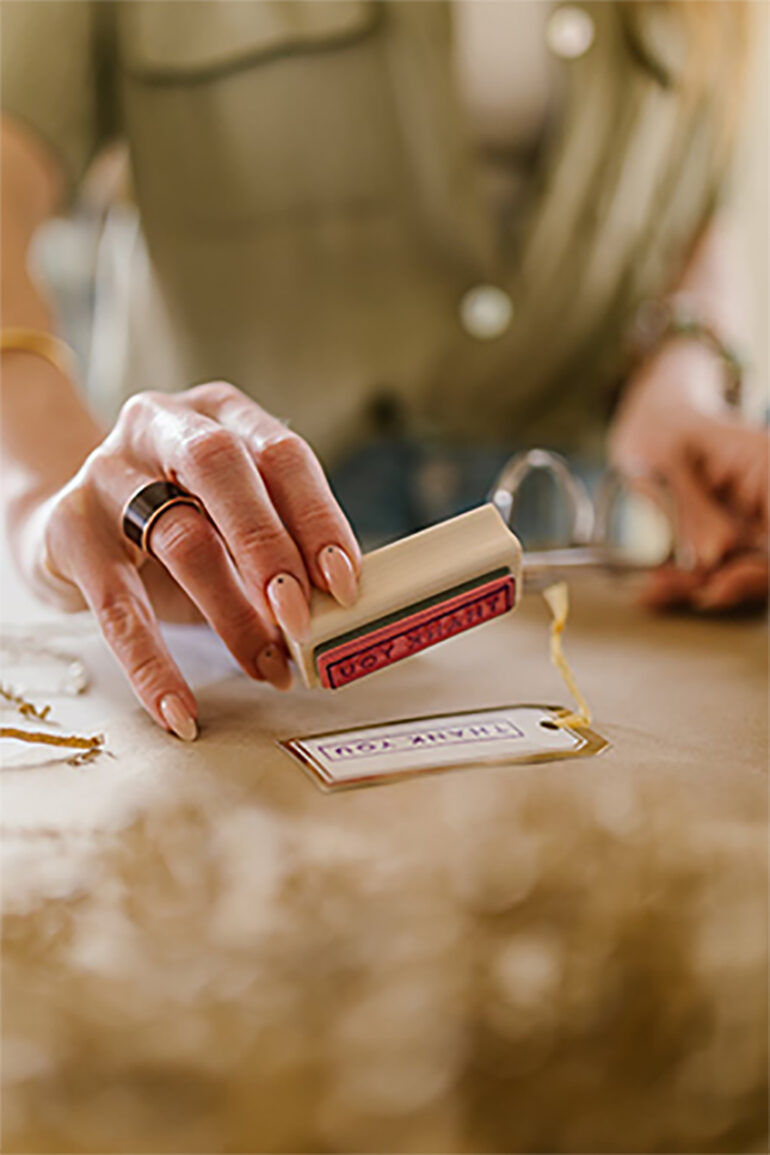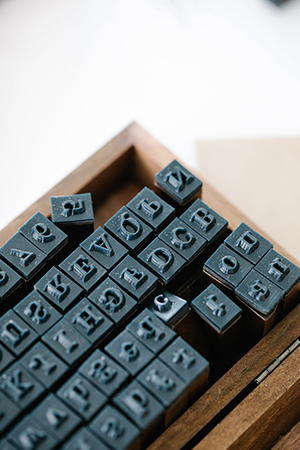Printmaking is the process of transferring an image onto another surface. Although printmaking is limited to photos, it is also utilised to transfer letters and symbols. There are many different methods to create a matrix. A matrix is a template for a design to be transferred onto another material. These matrixes can be made using various materials such as wood, metal, or glass. After these matrixes are inked, they are ready to be applied onto another surface to transfer the design. In the past, printmaking was widespread because of how easy it made the mass production of things like books.
Process
To create a template or matrix, a printmaker must draw, etch, or carve a design or image onto a printing matrix. The materials used for the matrix can vary depending on what is available. Some of the commonly used materials are rubber, metal, and stone. After the printmaker successfully creates a matrix, the matrix is then ready to be used for printmaking. Before starting the process, the printmaker will cover the matrix in ink with a transferring base such as paper or fabric. Afterwards, the image will be transferred with a roller or hand press. Doing this results in the final product presents a mirrored matrix image.
Techniques
Due to the widespread use of printmaking, many iterations or processes have branched out from printmaking. For example, embossing is the process of laying solid objects on damp paper and putting it through a press, either at that instant or beforehand. Relief for block painting is an old technique first utilised through stone and wood. Another technique is etching. In this technique, an impression is derived from a metal plate with a picture, allowing acid to go through the lines of a drawing. Overall, this only covers a few of the many techniques for printmaking because of the sheer amount of ways there are to complete this process.
Uses
Printmaking is thought of as an outdated process today. But it still has multiple uses that can be found today. For example, several manufacturers still use printmaking processes to transfer designs and images onto clothes. Moreover, stamps can still be found in commercial offices today and are used for important documents. For students, printmaking can be discussed in school and even done as a project. Even if the popularity of printmaking has been declining in the previous years, it is still significant in today’s society.
Printmaking is an art form filled with a rich history dating back to 206 B.C. in China during the Han dynasty. Its invention gave birth to a beautiful process that requires an artist’s full attention and dedication. This process yields stunning pieces. Other than the uses for design and art, they still have practical uses in offices. In some countries, printmaking or stamps specifically can be used to sign documents. No matter the generation, printmaking will still have many uses and hold its significance and striking signature. Knowing that this process is slowly dying out can be a bit worrying. However, preserving and promoting printmaking can help save an important part of history.
Photo Attribution:
1st and featured image by https://www.pexels.com/photo/woman-putting-a-stamp-on-card-7310139/
2nd image by https://www.pexels.com/photo/black-computer-keyboard-on-brown-wooden-table-8715537/

